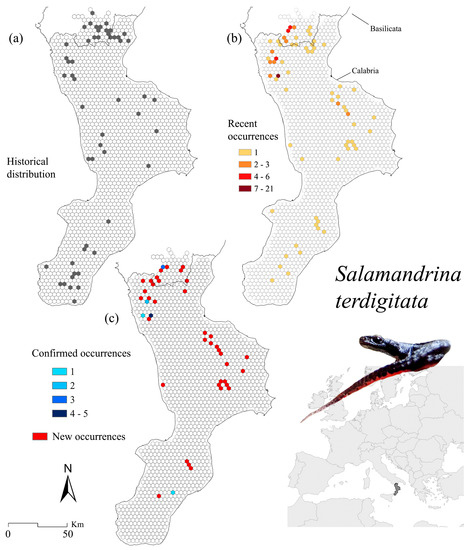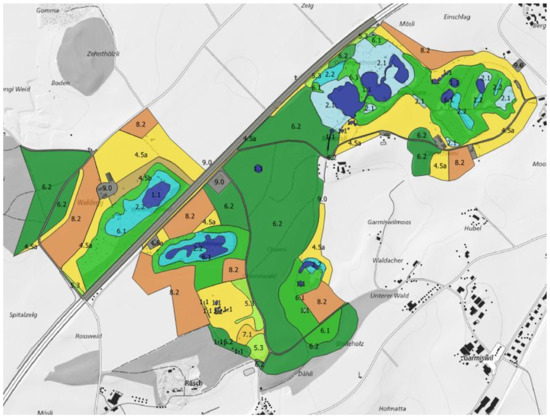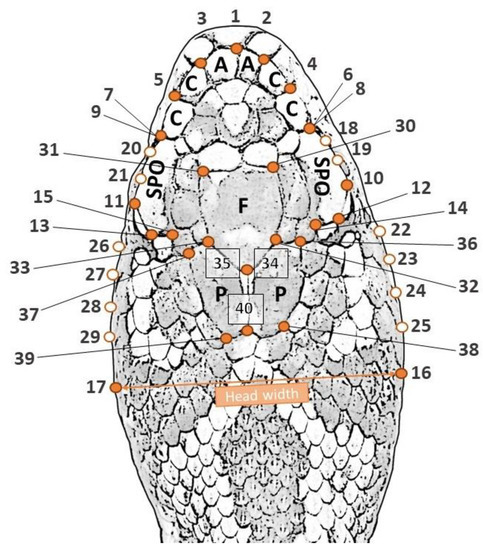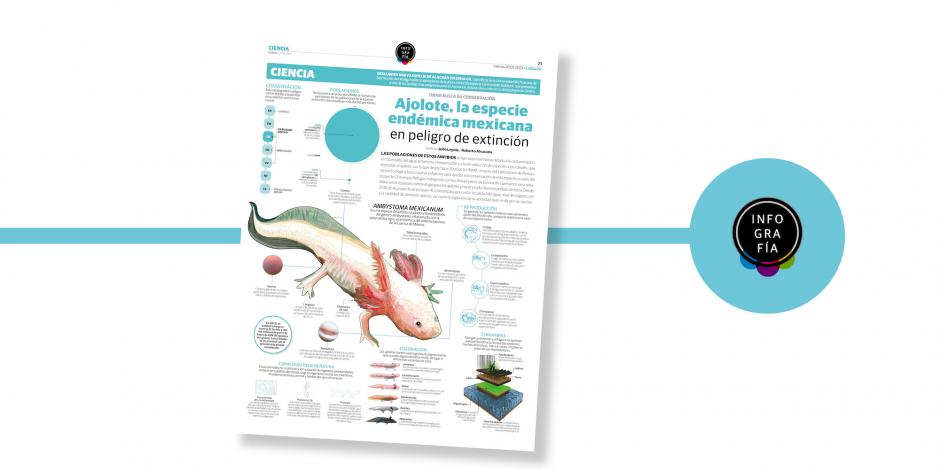Ousr findings reveal that local-scale monitoring and management should be planned, especially within the existing nationally-designated protected areas, which have been shown to protect far less with respect to the Natura 2000 sites. Leer más.







Ousr findings reveal that local-scale monitoring and management should be planned, especially within the existing nationally-designated protected areas, which have been shown to protect far less with respect to the Natura 2000 sites. Leer más.

Our study is an example of how the joint analysis of monitoring data and habitat data (based on mapping in the field) can lead to evidence-based suggestions on how to improve conservation practice. Leer más.

Our results show that offspring phenotypes are mainly determined by genetic factors and maternal effects, while paternal effects and residual environmental influences are minimal. This suggests a high evolutionary potential for head shape in the Hungarian meadow viper, which suggests a strong contribution of this ecologically relevant trait in shaping the ability of this endangered species to adapt to changing conditions and/or habitats and which would be useful to consider in captive breeding procedures for conservation efforts. Duarte Oliveira, Bálint Halpern, Fernando Martínez-Freiría and Antigoni Kaliontzopoulou. Leer más.

Las poblaciones de estos anfibios se han visto mermadas debido a la contaminación, el mal estado del agua, el turismo irresponsable y a la introducción de especies a los canales, que depredan al ajolote, por lo que desde hace 20 años la UNAM, a través del Laboratorio de Restauración Ecológica, busca sumar esfuerzos para ayudar a la conservación de esta especie a través del proyecto Chinampa-Refugio. Leer más.

El anfibio, también conocido como sapo de caña, fue detectado cuando una serpiente obligó a los trabajadores del parque a detenerse; fue retirado y luego se le practicó la eutanasia. Leer más.
